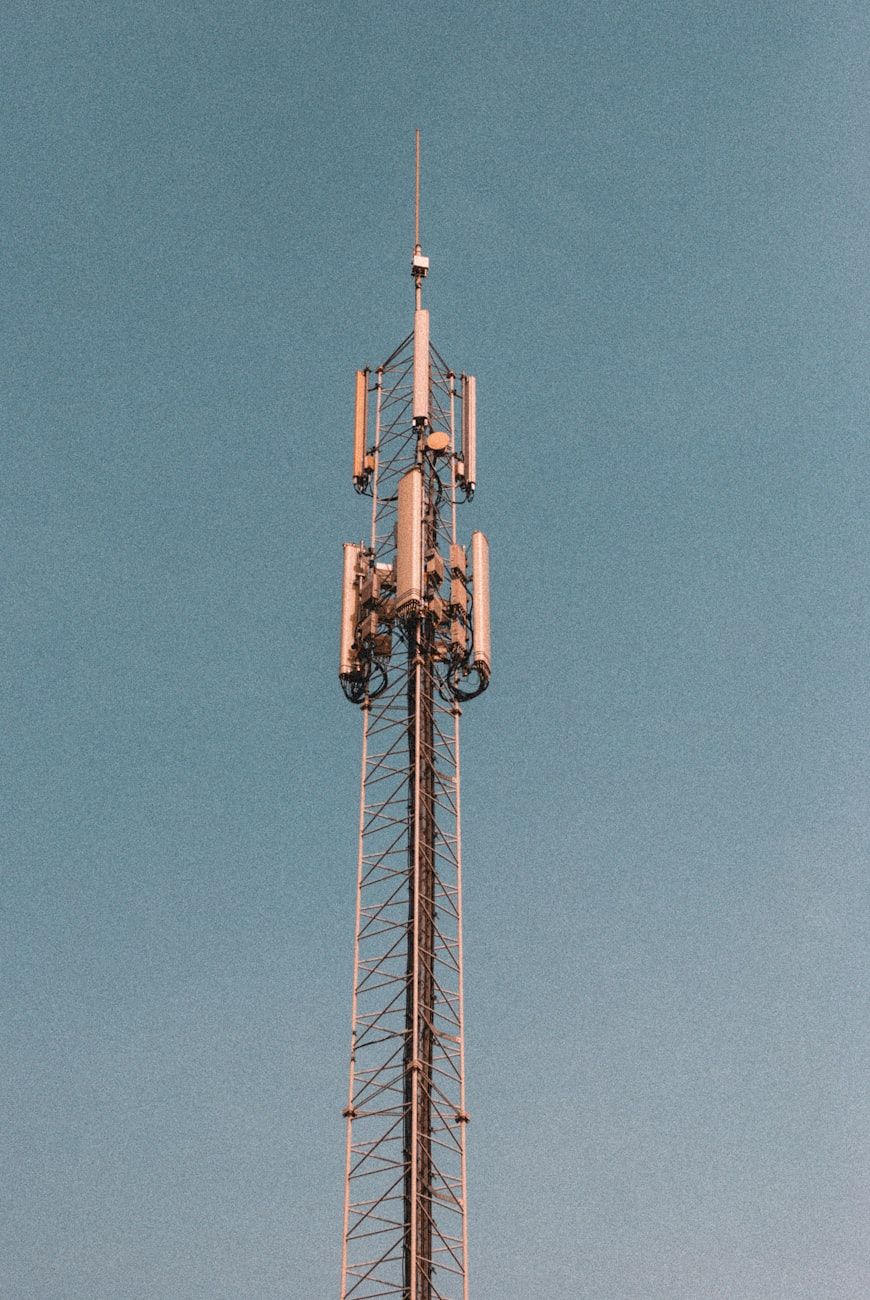
Internet Without Electricity: How the Web Survives in Disaster Zones
InternetIn today's digital age, our reliance on the internet has become more apparent than ever. From staying connected with loved ones to accessing vital information, the internet plays a crucial role in our daily lives. However, in times of crisis such as natural disasters or conflicts, access to electricity can be severely compromised, leaving individuals in disaster zones cut off from the online world. Despite these challenges, the internet has proven to be surprisingly resilient, finding ways to adapt and survive even in the absence of electricity.

One of the key technologies that enable internet resilience in disaster zones is emergency communication systems. These systems are designed to operate independently of traditional communication networks, allowing for crucial information dissemination even in the face of power outages. By utilizing radio frequencies and low-power transmitters, emergency communication systems can provide a lifeline to affected communities, enabling them to coordinate relief efforts and stay informed about the situation.
Offline networks also play a critical role in ensuring connectivity in disaster zones. These networks allow users to share information and communicate with one another without relying on a centralized internet infrastructure. One example of offline networks is mesh networks, where devices form a decentralized network by connecting to one another. This allows for the creation of local networks that can facilitate communication even when the traditional internet is unavailable.
Another innovative solution for maintaining internet access in disaster zones is through the use of satellite internet technology. Satellites can provide internet connectivity to remote and hard-to-reach areas, making them invaluable during crises when terrestrial communication infrastructure is damaged. By beaming internet signals from space, satellite internet can help bridge the connectivity gap in disaster-affected regions, enabling access to vital resources and communication channels.
Crisis technology continues to evolve, with new advancements being made to enhance communication infrastructure in disaster zones. From solar-powered internet hubs to portable communication devices, various technologies are being developed to ensure that individuals have access to the internet when they need it most. These innovative solutions demonstrate the resilience of the internet and its ability to adapt to challenging environments.
In conclusion, the internet has proven to be a lifeline in disaster zones, providing individuals with vital information and connectivity when traditional communication channels are compromised. Through the use of emergency communication systems, offline networks, satellite internet, and other survival tech, the internet continues to thrive in the face of adversity. By leveraging these technologies and innovations, we can ensure that connectivity remains a priority, even in the most challenging circumstances.

Relevant posts

Internet
Internet Without Screens: How We’ll Use the Web in a Post-Smartphone World
The rise of screenless devices and interactive technologies is reshaping the way we interact with the internet, ushering in a new era of browsing and connectivity. In this article, we explore how the future of the internet may look in a post-smartphone world, where screens take a back seat to voice navigation, smart wearables, AR glasses, and other innovative tools.One of the most significant shifts in the internet future is the move towards screenless devices. With the advancement of voice reco...

Internet
Internet Without Electricity: How the Web Survives in Disaster Zones
In today's digital age, our reliance on the internet has become more apparent than ever. From staying connected with loved ones to accessing vital information, the internet plays a crucial role in our daily lives. However, in times of crisis such as natural disasters or conflicts, access to electricity can be severely compromised, leaving individuals in disaster zones cut off from the online world. Despite these challenges, the internet has proven to be surprisingly resilient, finding ways to ad...

Internet
Internet Plans Under the Microscope: Where Hidden Fees and Limitations Lurk
Internet has become an essential part of our daily lives, and choosing the right internet plan is crucial. With the wide array of options available, it can be overwhelming to navigate through the different offerings from various internet providers. As you delve into the world of internet plans, there are hidden fees and limitations that lurk beneath the surface, waiting to catch unsuspecting customers off guard. One of the common pitfalls of many internet plans is the presence of hidden fees. Wh...

Internet
The Future of the Internet: What Awaits Users in the Next 10 Years
When we look at the rapid progression of technology and the internet in recent years, it's clear that the future holds even more transformative developments. As we move towards 2035, users can expect significant shifts in how they interact with the digital world. Let's explore some key trends and innovations that are likely to shape the future of the internet. Artificial Intelligence (AI) and Neural Networks AI has already made significant strides in various fields, from personalised recommendat...